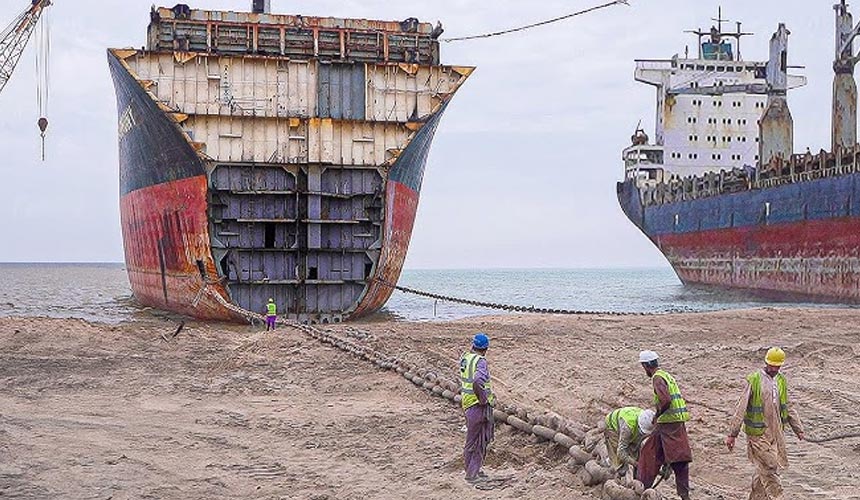
Vessels are scrapped when they reach the end of their operational life or become economically unviable to maintain. This typically occurs when repairs, maintenance, or upgrades to comply with safety and environmental regulations exceed the value of the ship. Additionally, advancements in technology, changes in market demand, and stricter international regulations (e.g., on emissions or ballast water management) can hasten a vessel’s retirement.
Age and Wear:
Over time, ships experience structural fatigue and corrosion, making them less efficient and more prone to breakdowns.
High Maintenance Costs:
Older ships require frequent repairs and often fail to meet modern safety or environmental standards, leading to expensive retrofitting.
Obsolete Technology:
Advances in shipbuilding technology render older vessels less fuel-efficient or incapable of meeting modern operational needs.
Economic Considerations:
Fluctuations in freight rates, oversupply of vessels, or a downturn in the shipping market may push owners to scrap ships for financial reasons.
Regulatory Pressure:
Compliance with international regulations (e.g., IMO Tier III standards, Ballast Water Management Convention) can make older ships too costly to upgrade.
Ship recycling is a process where vessels are dismantled, and materials are recovered for reuse or recycling. It is typically conducted at specialized shipbreaking yards, often in countries like India, Bangladesh, Pakistan, and Turkey.
Decommissioning:
The ship is emptied of any remaining cargo, fuel, or hazardous materials such as asbestos, PCBs, or heavy metals.
Towing to the Shipbreaking Yard:
The vessel is transported to a recycling facility, where it is prepared for dismantling.
Dismantling Process:
Material Recovery:
Waste Management:
Proper handling and disposal of hazardous materials are critical to minimize environmental and health risks.
In summary, scrapping and recycling ships ensure the materials are reused while reducing the burden on the environment, but it must be done responsibly to avoid adverse impacts.
Copyright © 2025 Ship Recycling LTD